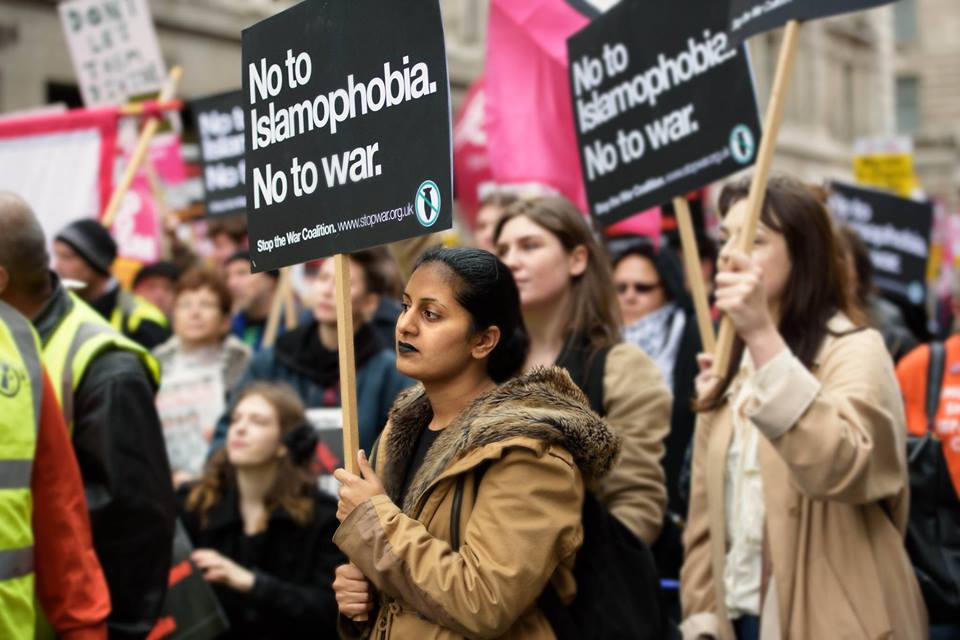In 1915, the Congress of Women gathered to agitate for an end to WW1: 100 years later, women activists celebrate the peacemakers.
Liz Ford
One hundred years ago this month, more than 1,100 women from 12 countries travelled across Europe to the Netherlands to protest against the war that was raging across their borders.
Presided over by Jane Addams, a member of the US suffrage alliance, the Congress of Women opened in the Hague on 28 April 1915 to debate ways to end the first world war and prevent further conflict.
The congress sowed the seeds for the creation of the Women’s International League for Peace and Freedom (WILPF), which this week marks its centenary with a return to the city.
The three-day conference will celebrate the work of female peacemakers globally and has the bold aim of formulating a new peace agenda for the next 100 years.
Activists from across the world are expected to attend, as well as five Nobel laureates. These include Leymah Gbowee, who was involved in the mass mobilisation of women in Liberia to demand an end to civil war, and Jody Williams, who launched an international campaign to ban landmines.
“It was significant that women from so many countries came together [in 1915] with a highly political aim,” said Edith Ballantyne, who was secretary general of the organisation for 23 years and its international president for six.
“While women had been organising in the International Suffrage Alliance, the peace women recognised that the vote alone was not enough, that women had to take a stand.”
Ballantyne, who as a teenager fled the Nazi occupation of Czechoslovakia, said she had mixed feelings about the anniversary.
“After such a long association, I am pleased to have made it to this 100th anniversary meeting. [But] 100 years later, we have not stopped war, and in fact we face many wars,” she says. “So it’s both a great and sad day.”
But the organisation, which has branches in more than 30 countries, has enjoyed some big successes over the years.
Two WILPF presidents have received the Nobel peace prize. Addams, who became the organisation’s first president, was awarded the prize in 1931, followed in 1946 by Emily Balch, who attended the 1915 congress and led the organisation from 1935.
WILPF was heavily involved in the push for an international arms trade treaty, ensuring it referenced the link between the proliferation of weapons and gender-based violence.
WILPF was also central in drafting the UN security council resolution 1325, unanimously adopted in 2000, which was a milestone in recognising women’s experience of war. The resolution calls for the full participation of women in conflict resolution, peace negotiations and post-conflict reconstruction, and their inclusion in peacekeeping missions.
However, the resolution has yet to bring the change campaigners want. Women still have to fight for a seat at the peace negotiating table. “When it comes to the crucial moment, the door is closed,” says Madeleine Rees, WILPF’s current secretary general.
Rees says the Hague conference will feed into a current UN review of women’s role in peace and security to tie in with the 15th anniversary of the resolution later this year.
Radhika Coomaraswamy, the lead author of the review, will be speaking at the conference, and the design of the plenary sessions should provide some solid insight, says Rees.
The three plenaries will explore the power dynamics in society and how they can be challenged, the increase in global militarisation and the structural root causes of war, and what activists can do to bring change at local, national and international level.
For Rees, engaging activists is one of the main aims of the conference.
“We’ve got to stop disengaging, stop engaging in football or consumerism or anything that makes us avoid paying attention to what is happening,” says Rees. “It starts with an individual decision – ‘I will participate in making a difference’ – to commit to think global and act local; we need that. We’re not going to make demands of governments or the UN [at the conference] so much, instead we’re [looking at] the work we need to do ourselves. The thing for us is going back to local engagement.”
Local engagement could involve challenging local politicians on their stance on nuclear weapons, or campaigning against the arms trade, violence against women or trafficking, says Rees. The use of killer robots – fully autonomous weapons rather than drones, which are piloted remotely – offers another focus for questioning. WILPF is now campaigning against this frightening recent development.
Cynthia Enloe, a professor of political science at Clark University and specialist in demilitarisation, adds that local people need to watch for signs that trouble is brewing.
“Men are often encouraged to be the nation’s protectors … and maintain their role as household protectors, and that role of protector really can be manipulated by people wanting to encourage the annexation of neighbouring territories or to build up the military,” she says.
“One thing to look out for is governments or warmongers, who try to encourage men to merge these two roles.”
Enloe, a WILPF member for more than 20 years, believes resolution 1325 has provided a useful tool for peace activists to hold governments to account. “When we have got something that is holding people accountable, that is definitely progress,” she says, adding: “Fifteen years in the history of gender politics is not very long.”
Ballantyne hopes the anniversary conference will result in “a powerful call” to work together to achieve an end to militarisation, ultimately realising the vision of Addams and the women who travelled to the Hague in 1915.
“Peace work is ongoing. There are invisible successes because you can’t measure what you have prevented. I’m certain that many situations would have been worse had the peace movement and WILPF not been working.”
Source: The Guardian
